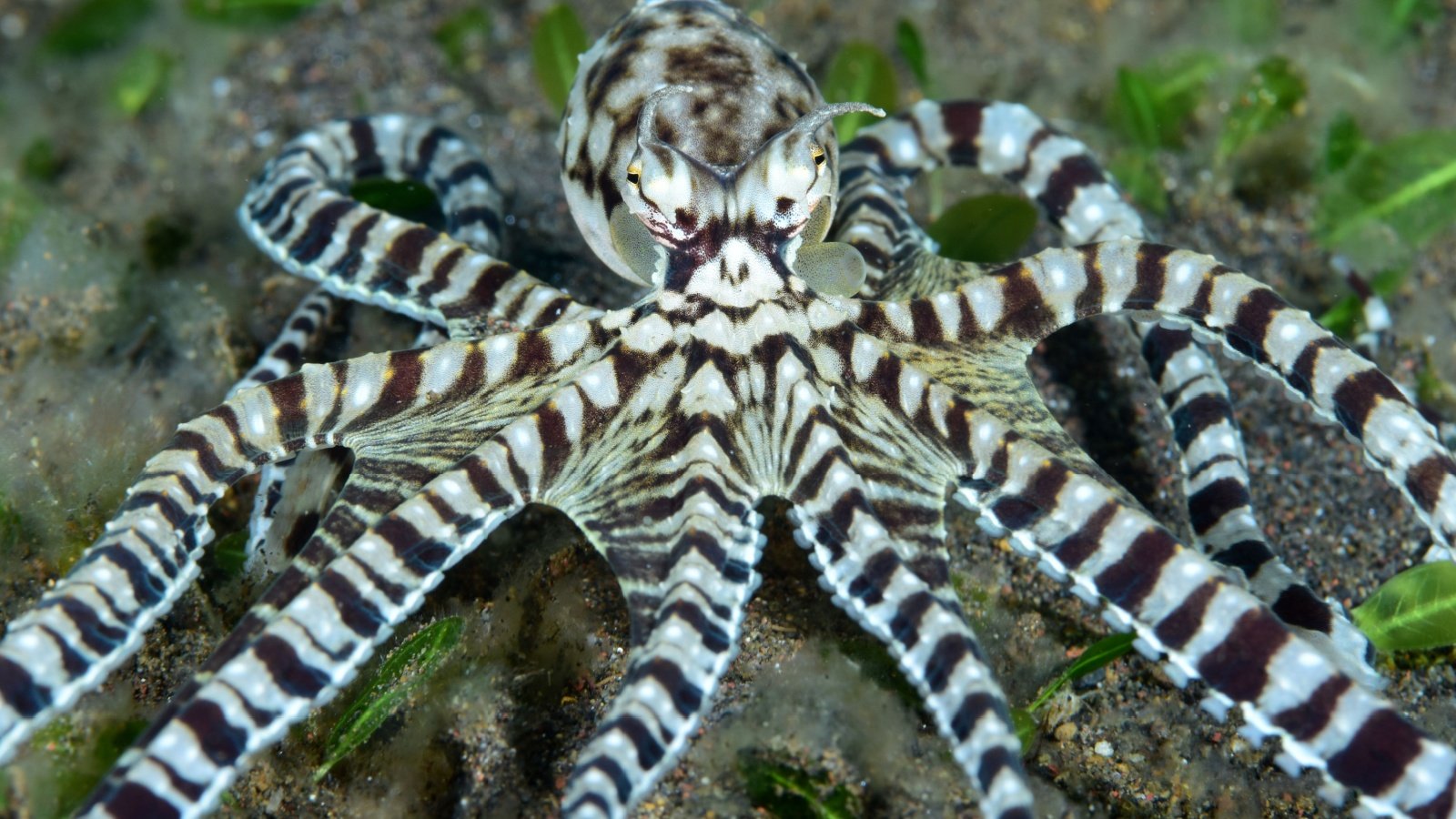With its vast and mysterious depths, the Pacific Ocean is home to some of the most deadly fish on the planet.
Aquatic predators like the camouflaged stonefish and the lethal great white shark, pose serious dangers to both marine life and humans. Their unique adaptations and potent venom make them fascinating yet intimidating beings.
Let’s uncover the characteristics of the most dangerous sea creatures to better understand the threatening yet intriguing world beneath the waves.
Stonefish
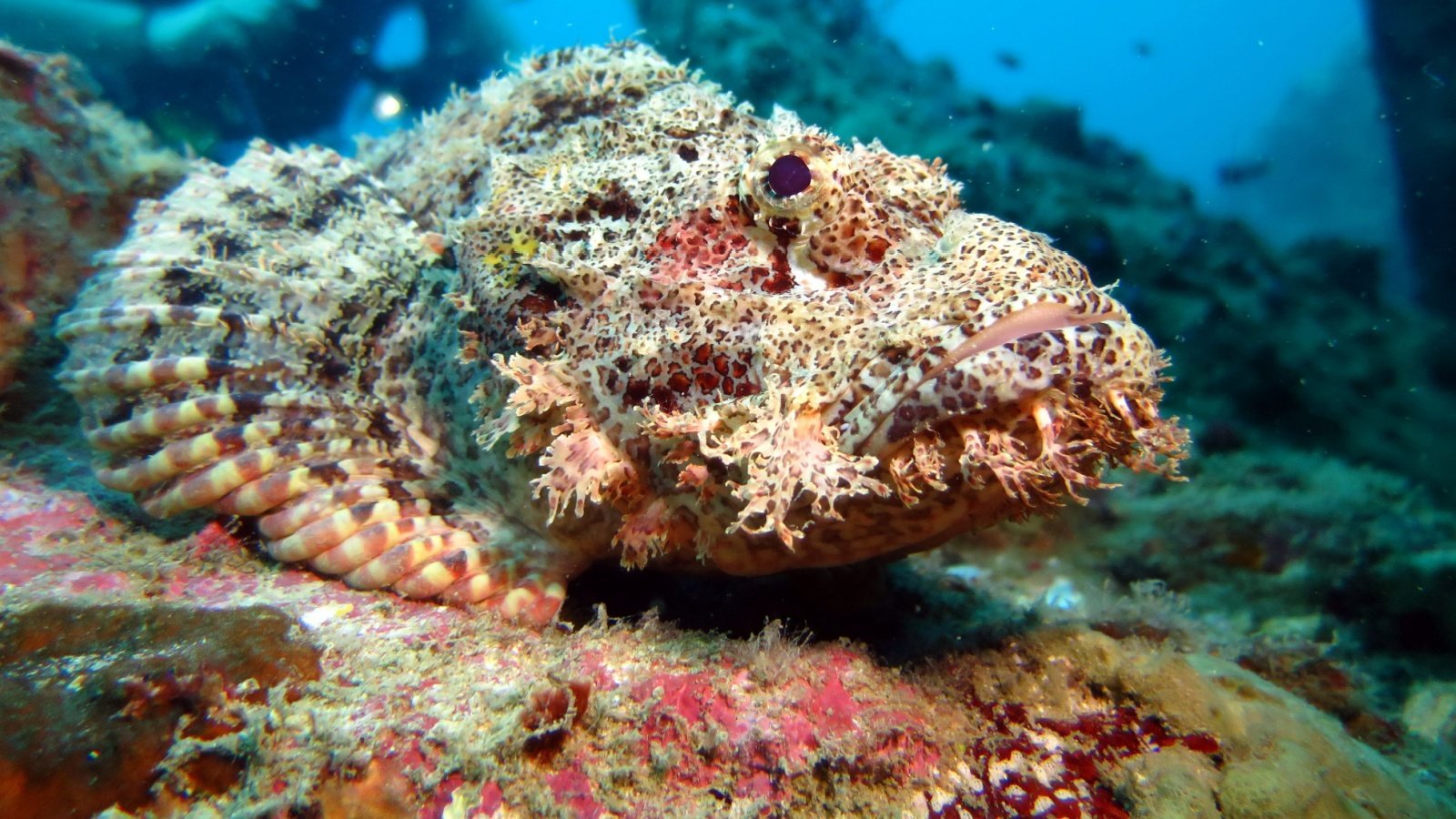
The stonefish, often camouflaged as a rock, is one of the most venomous fish in the Pacific Ocean. Its dorsal fin spines can inject a potent neurotoxin, causing extreme pain, paralysis, and even death if untreated. Stonefish are masters of disguise, making them a hidden danger to unsuspecting swimmers.
Great White Shark
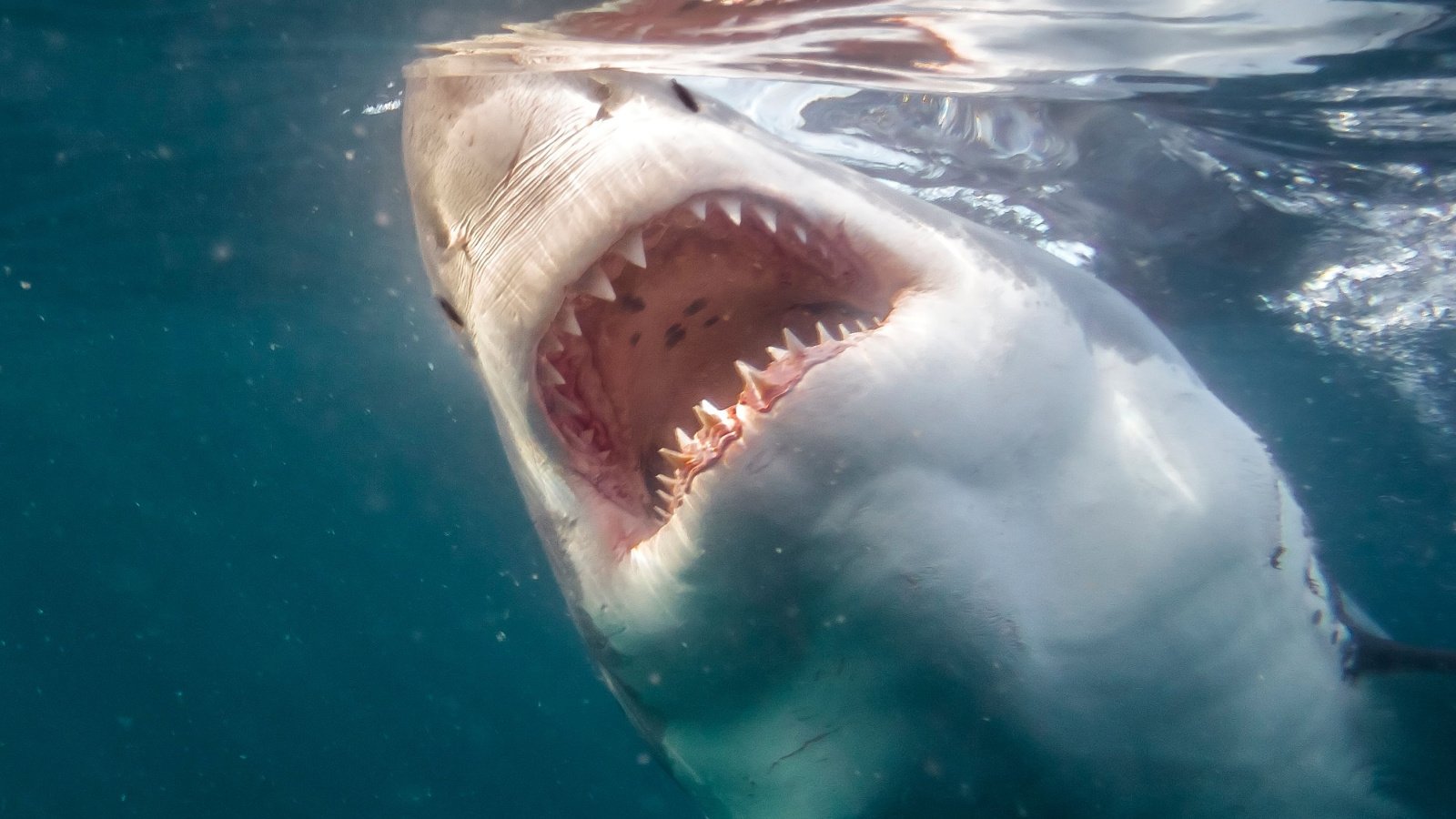
Great white sharks are apex predators in the Pacific Ocean, capable of growing up to 20 feet long. Their powerful jaws and sharp teeth can deliver fatal bites, making them feared hunters. Despite their fearsome reputation, they play a crucial role in marine ecosystems.
Blue-Ringed Octopus

The small but highly venomous blue-ringed octopus carries enough toxin to kill 26 humans within minutes. Its venom, tetrodotoxin, causes respiratory arrest and paralysis with no known antidote. Recognizable by its bright blue rings, this octopus is a deadly beauty.
Lionfish

Lionfish, with their striking appearance and venomous spines, are both beautiful and dangerous. Their venom can cause extreme pain, swelling, and respiratory distress. Native to the Indo-Pacific, lionfish have also become invasive in other regions, posing ecological threats.
Tiger Shark
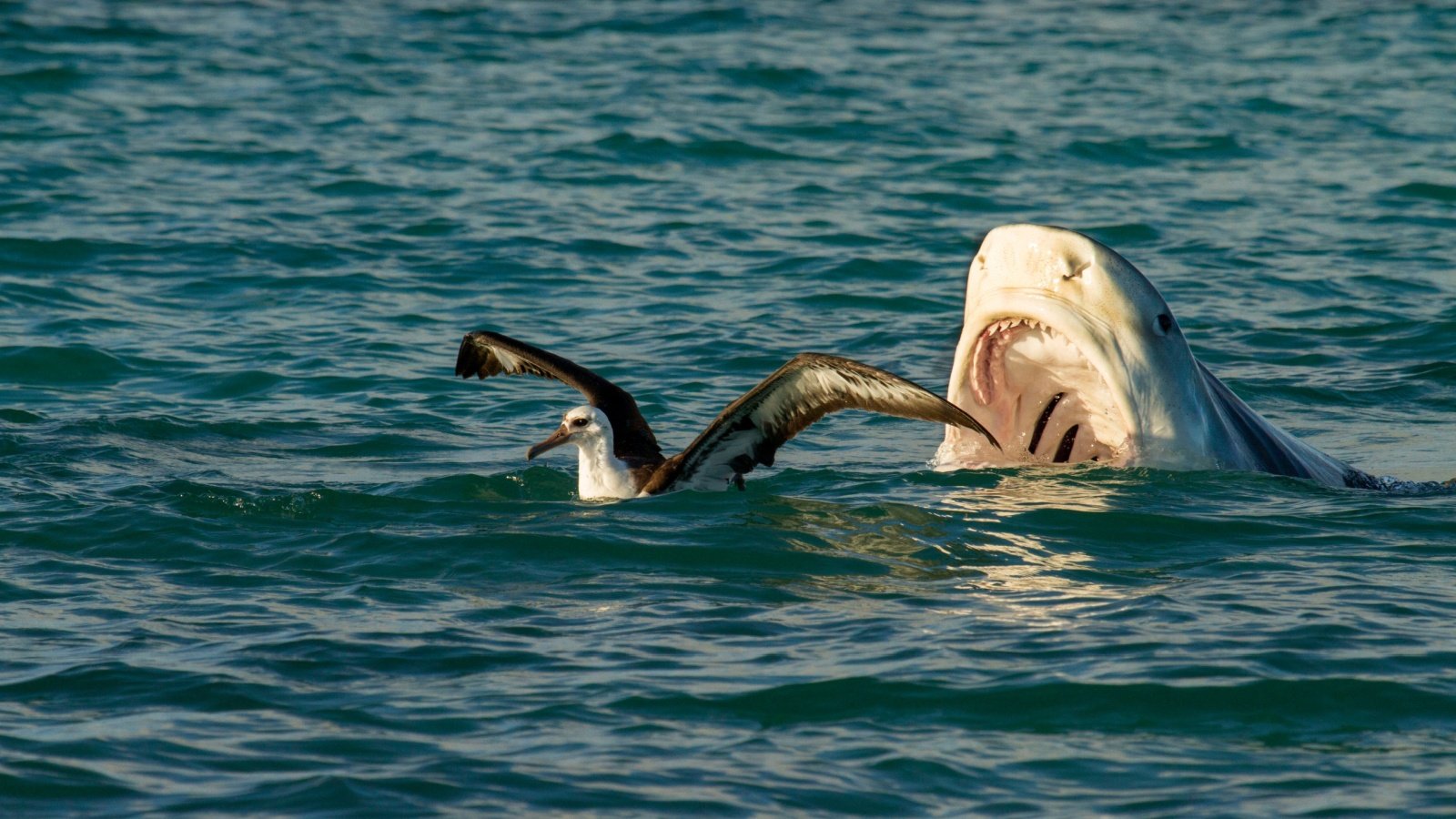
Tiger sharks are known for their aggressive nature and diverse diet, including fish, birds, and even other sharks. These large predators are responsible for a significant number of attacks on humans. They inhabit tropical and temperate waters, often near coastlines.
Crown-of-Thorns Starfish

The crown-of-thorns starfish, covered in venomous spines, can inflict painful stings, causing nausea and swelling. They pose a threat not only to humans but also to coral reefs, as they feed on coral polyps. Their outbreaks can devastate reef ecosystems.
Moray Eel

Moray eels, with their sharp teeth and powerful jaws, can deliver painful and potentially dangerous bites. They are often found hiding in crevices in coral reefs, waiting to ambush prey. Though not typically aggressive towards humans, they can be defensive if provoked.
Pufferfish
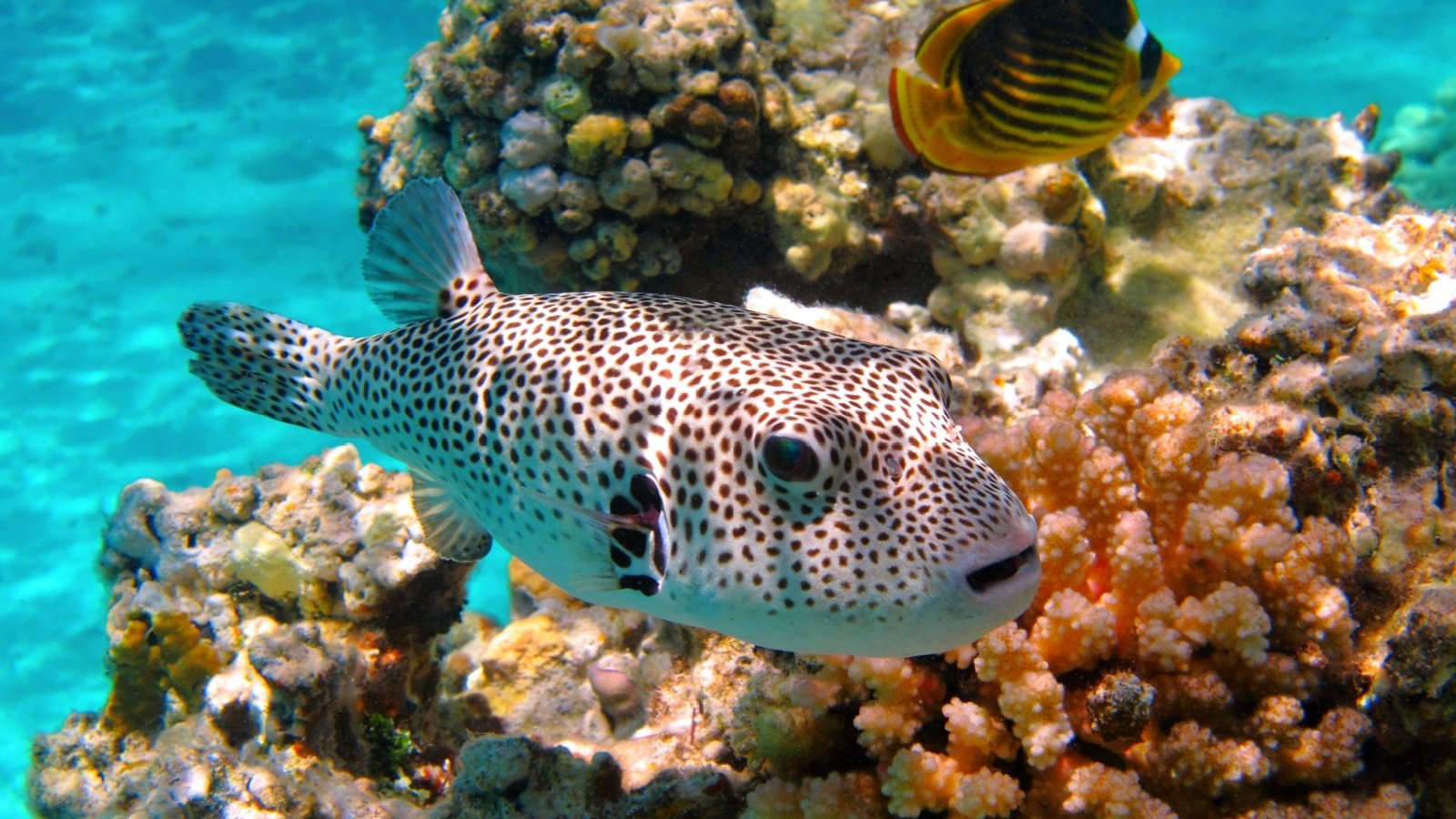
Pufferfish contain tetrodotoxin, a potent neurotoxin that can be deadly to humans. Despite their slow and clumsy appearance, their toxins can cause paralysis and death if ingested. Fugu, a delicacy made from pufferfish, requires careful preparation by licensed chefs to avoid poisoning.
Scorpionfish

Scorpionfish possess venomous spines that can cause intense pain, swelling, and tissue damage. These well-camouflaged predators are often mistaken for rocks or coral, increasing the risk of accidental stings. Immediate medical attention is necessary to manage their venom’s effects.
Barracuda

Barracudas are known for their aggressive behavior and sharp, fang-like teeth. These fast swimmers can inflict serious injuries with their powerful bites. While attacks on humans are rare, their speed and strength make them formidable predators.
Sea Snake

Sea snakes, although generally non-aggressive, possess venom more potent than many land snakes. Their bites can cause muscle pain, paralysis, and respiratory failure. Found throughout the Pacific, they often inhabit coral reefs and shallow waters.
Triggerfish

Triggerfish, especially the titan triggerfish, can be territorial and aggressive towards divers. Their powerful bites can cause significant injury, particularly to fingers and ears. They are known to fiercely defend their nesting areas, making them a threat to those who venture too close.
Electric Eel

Although not a true eel, the electric eel can generate powerful electric shocks up to 600 volts. These shocks can cause cardiac arrest or respiratory failure in humans. Found in South American rivers, their deadly charge is a formidable defense mechanism.
Leopard Seal

Leopard seals, apex predators in Antarctic waters, have been known to attack humans. They use their powerful jaws and sharp teeth to catch prey, including penguins and fish. Their curiosity and aggression make them potentially dangerous to divers and researchers.
Mantis Shrimp

Mantis shrimp possess powerful claws that can deliver a punch with the force of a bullet. Their strikes can break aquarium glass and cause severe injury to human hands. These colorful crustaceans are formidable hunters in the tropical Pacific reefs.
Surgeonfish

Surgeonfish, named for the scalpel-like spines near their tails, can cause deep cuts and infections. These spines are used defensively against predators and threats. While generally peaceful, their defensive mechanisms can be dangerous to unwary swimmers.
Parrotfish

Parrotfish have powerful beaks that can crush coral and cause serious injuries. While not typically aggressive, their bites can be dangerous if they feel threatened. These brightly colored fish play a vital role in maintaining reef health by grazing on algae.
Anglerfish

Deep-sea anglerfish use a bioluminescent lure to attract prey in the dark depths. Their large mouths and sharp teeth make quick work of any prey that ventures too close. Though rarely encountered by humans, their terrifying appearance is legendary.
Giant Pacific Octopus

The giant Pacific octopus, with its powerful beak and tentacles, can pose a threat to divers. They are highly intelligent and capable of complex problem-solving. While not typically aggressive, their strength and curiosity make them formidable in their underwater domain.
Yellow-Bellied Sea Snake

The yellow-bellied sea snake’s venom is highly toxic, causing muscle pain and paralysis. They are found throughout the Pacific, often far from land. Despite their venomous nature, they rarely bite humans unless provoked.
Box Jellyfish
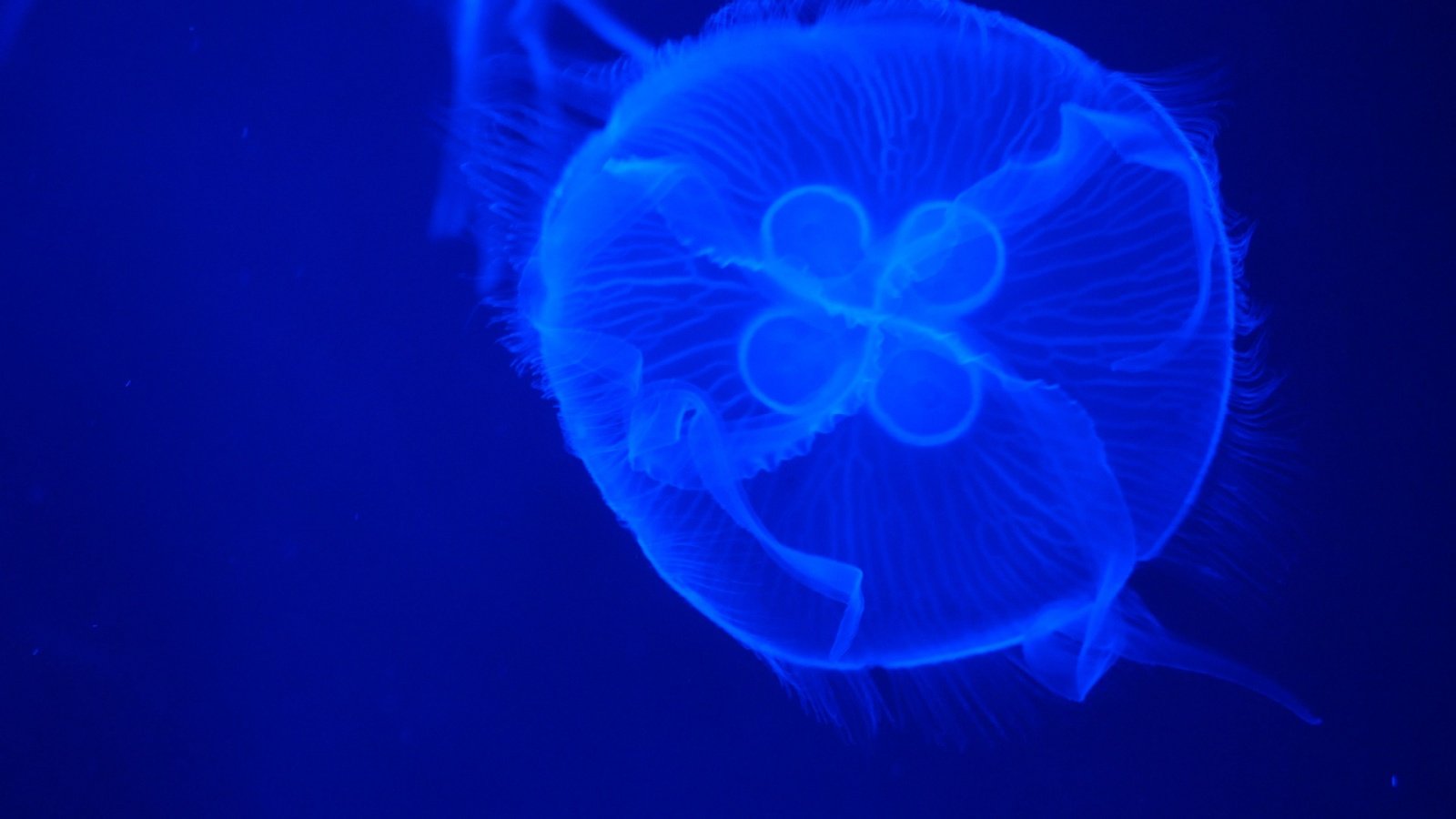
The box jellyfish, found in the warm coastal waters of the Pacific, is notorious for its deadly venom. Its tentacles contain nematocysts that release toxins causing heart failure, paralysis, and severe pain. Immediate medical attention is crucial to surviving a box jellyfish sting.
Reef Stonefish

Reef stonefish, another venomous species, can deliver fatal stings through their dorsal spines. Their venom causes excruciating pain, tissue necrosis, and potentially death if untreated. They are often found camouflaged on reef bottoms, posing a hidden threat.
Wobbegong Shark

Wobbegong sharks, also known as carpet sharks, are ambush predators with excellent camouflage. Their bite can cause severe injury, and they are known to hold on tightly if provoked. Found in the Pacific, they inhabit rocky reefs and sandy bottoms.
Goblin Shark

The goblin shark, with its protrusible jaws and needle-like teeth, is a deep-sea predator. Though rarely encountered by humans, its appearance and biting power are undeniably fearsome. Its ability to extend its jaws rapidly makes it a unique and dangerous hunter.
Blacktip Reef Shark

Blacktip reef sharks are common in shallow waters and can be aggressive when provoked. Their sharp teeth and agility make them effective hunters. While not typically dangerous to humans, their proximity to popular swimming areas increases the risk of encounters.



